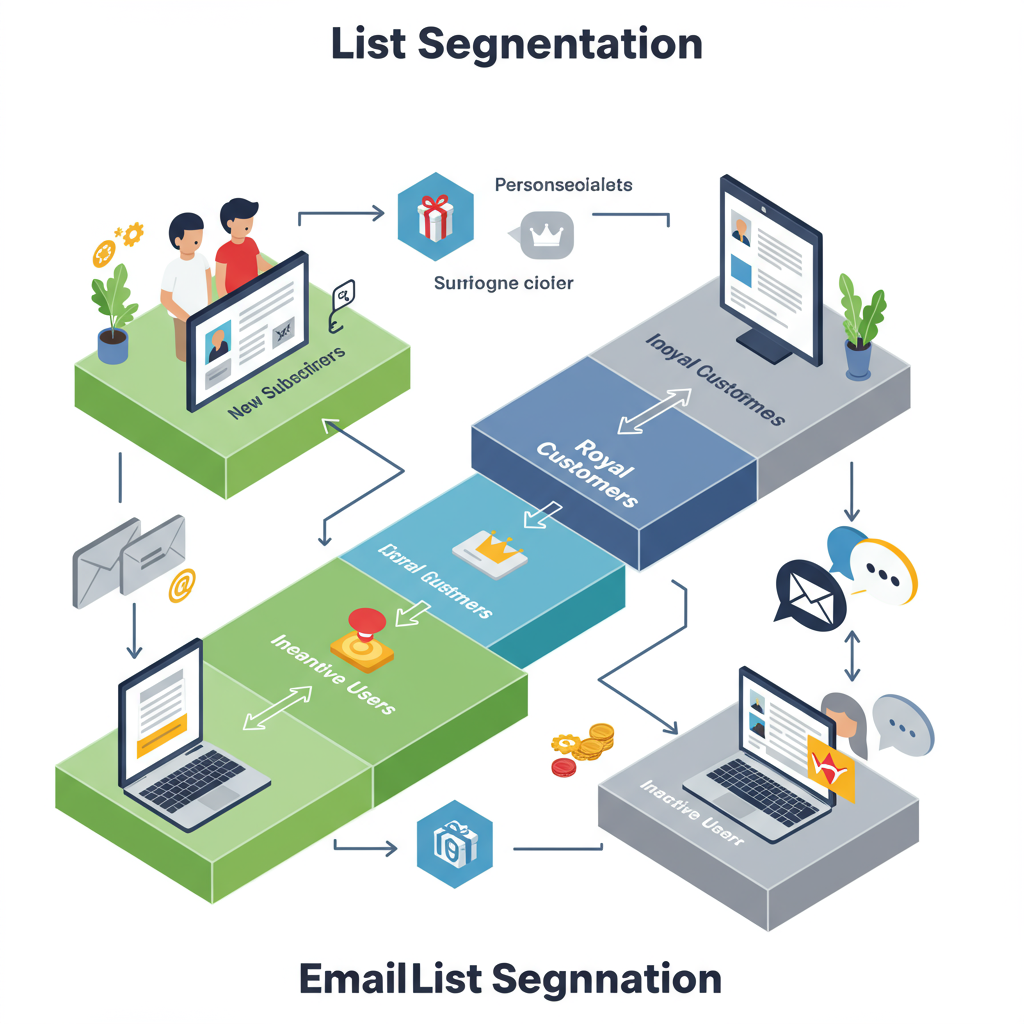Transforming your email marketing from generic broadcasts to personalized powerhouses for your Shopify store.
As a Shopify merchant, you’re constantly looking for ways to boost sales and build stronger customer relationships.
One of the most powerful, yet often underutilized, tools in your arsenal is email marketing.
But I’m not talking about generic, one-size-fits-all newsletters.
I’m talking about highly targeted, personalized communication that resonates deeply with your audience.
This is where email list segmentation comes into play, and it’s a game-changer for any Shopify store.
So, what exactly is email list segmentation?
Simply put, it’s the process of dividing your email subscribers into smaller groups, or segments, based on shared characteristics.
Instead of sending the same message to everyone, you tailor your content to the specific needs and interests of each segment.
The benefits of doing this are immense for your Shopify business.
We consistently see higher open rates, better click-through rates, and significantly improved conversion rates.
It also leads to fewer unsubscribes because your audience receives content that is genuinely relevant to them.
To effectively segment your list, you first need data.
Fortunately, your Shopify store is a goldmine of customer information.
You can leverage purchase history, browsing behavior, and even data collected through surveys or pop-ups on your site.
Let’s dive into some key segmentation criteria that I find particularly effective for Shopify merchants.
First, consider purchase history. This is incredibly powerful.
You can segment customers who have made a single purchase versus repeat buyers.
Or perhaps those who bought a specific product category, allowing you to recommend complementary items.
Don’t forget about your high-value customers – those who spend the most. They deserve exclusive offers and early access.
Abandoned cart reminders are a form of segmentation, targeting users who showed intent but didn’t complete a purchase.
Next, customer behavior on your website is crucial.
Track pages visited, products viewed, and even time spent on certain sections of your store.
This allows you to send targeted emails based on their expressed interest, even if they didn’t add to cart.
Email engagement itself provides valuable segmentation data.
Who are your most active subscribers, opening every email and clicking every link?
And who are your less engaged subscribers, perhaps needing a re-engagement campaign?
You can also segment by customer lifecycle stage.
A new subscriber who just signed up needs a different welcome series than a loyal customer celebrating their fifth purchase.
Think about segments like “new subscribers,” “first-time buyers,” “loyal customers,” and “at-risk customers” (those who haven’t purchased in a while).
Geographic location can be useful for local promotions or shipping-related updates.
The source of subscription is another valuable segment. Did they sign up via a pop-up, a social media ad, or during checkout?
This can inform what kind of content they might expect or prefer.
For implementing segmentation, your Shopify store integrates seamlessly with many email marketing platforms.
Tools like Klaviyo, Mailchimp, and Omnisend offer robust segmentation capabilities, often syncing directly with your Shopify data.
I always recommend starting simple. Don’t try to create 50 segments overnight.
Begin with 3-5 key segments that make the most sense for your business.
Test different messages for each segment and analyze the results.
What do you think about this article? Is it helping you see the potential of segmentation?
Remember, personalization is key to building lasting customer relationships and driving sales.
By sending the right message to the right person at the right time, you’ll transform your email marketing from a generic broadcast into a powerful sales engine.
Embrace email list segmentation, and watch your Shopify store thrive.






